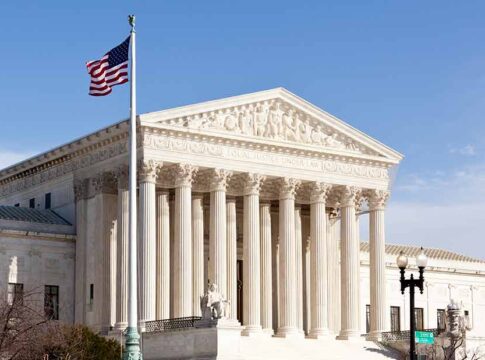The Supreme Court has delivered a significant win for President Donald Trump, allowing him to remove board members from independent federal agencies. This conservative-majority decision effectively blocked lower court rulings that had temporarily reinstated two Biden appointees. Will this decision potentially undermine bipartisan administrative bodies?
Supreme Court Backs Presidential Authority
The Supreme Court has sided with President Donald Trump in a pivotal decision concerning presidential power over independent agencies. In an unsigned order, the conservative majority indicated that the Constitution likely permits a president to fire board members of certain independent agencies “without cause,” potentially marking a significant shift in executive authority.
The dispute centers on Trump’s dismissal of two Biden appointees: Gwynne Wilcox from the National Labor Relations Board and Cathy Harris from the Merit Systems Protection Board. These firings left both agencies without sufficient board members to make final decisions, effectively hampering their operations, as Trump has not yet appointed replacements.
🚨 The Supreme Court just granted a major win in allowing @POTUS to fire members of so-called “independent” federal agencies.
President Trump, not unelected bureaucrats or rogue judges, was elected to head the Executive Branch. This marks a great victory for our Constitutional… pic.twitter.com/EI3HAAN7Bx— Rapid Response 47 (@RapidResponse47) May 22, 2025
Constitutional Questions and Dissent
The Court’s decision has potentially far-reaching implications for a principle established in the 1935 case Humphrey’s Executor v. United States, which has long protected independent agency officials from removal except for good cause. Conservative legal theorists have contested this precedent for decades, arguing it improperly constrains presidential authority over the executive branch.
The three liberal justices issued a strong dissent, with Justice Elena Kagan writing that the Court’s decision was “nothing short of extraordinary.” She emphasized that “not since the 1950s (or even before) has a President, without a legitimate reason, tried to remove an officer from a classic independent agency.”
LAWFARE: SCOTUS gives President Trump huge win allowing him to fire the heads of so-called independent federal agencies. Every executive department is accountable to the president – not congress or the courts. pic.twitter.com/gHzHjmeRat
— @amuse (@amuse) May 22, 2025
Potential Limitations and Broader Impact
During arguments, Solicitor General D. John Sauer indicated that firing Federal Reserve governors would be a separate issue not addressed in this case. The Court’s majority opinion suggested that both the NLRB and MSPB exercise considerable executive power, which may distinguish them from other independent agencies.
The Supreme Court justified its decision by stating it “reflects our judgment that the Government faces greater risk of harm from an order allowing a removed officer to continue exercising the executive power than a wrongfully removed officer faces from being unable to perform her statutory duty.” This rationale prioritizes presidential authority while legal challenges proceed through lower courts.
The administration’s path to ultimate victory may involve persuading the Supreme Court to adopt an even more expansive view of presidential power in future rulings. Meanwhile, critics warn that this approach could undermine the bipartisan structure of administrative bodies that have traditionally operated with expertise-based functions and some independence from direct presidential control.

